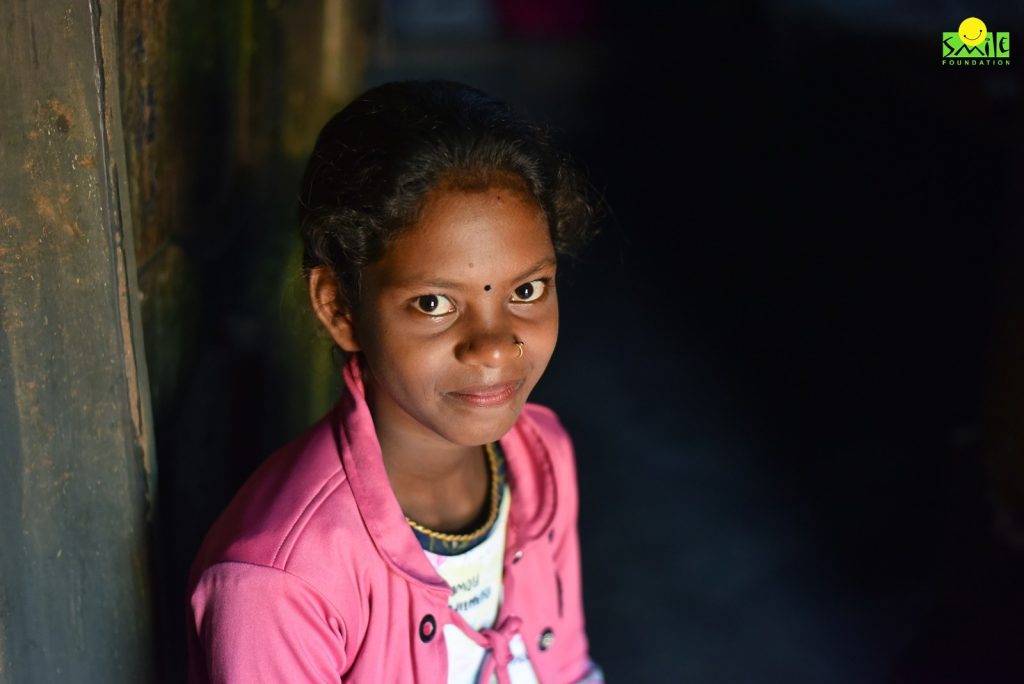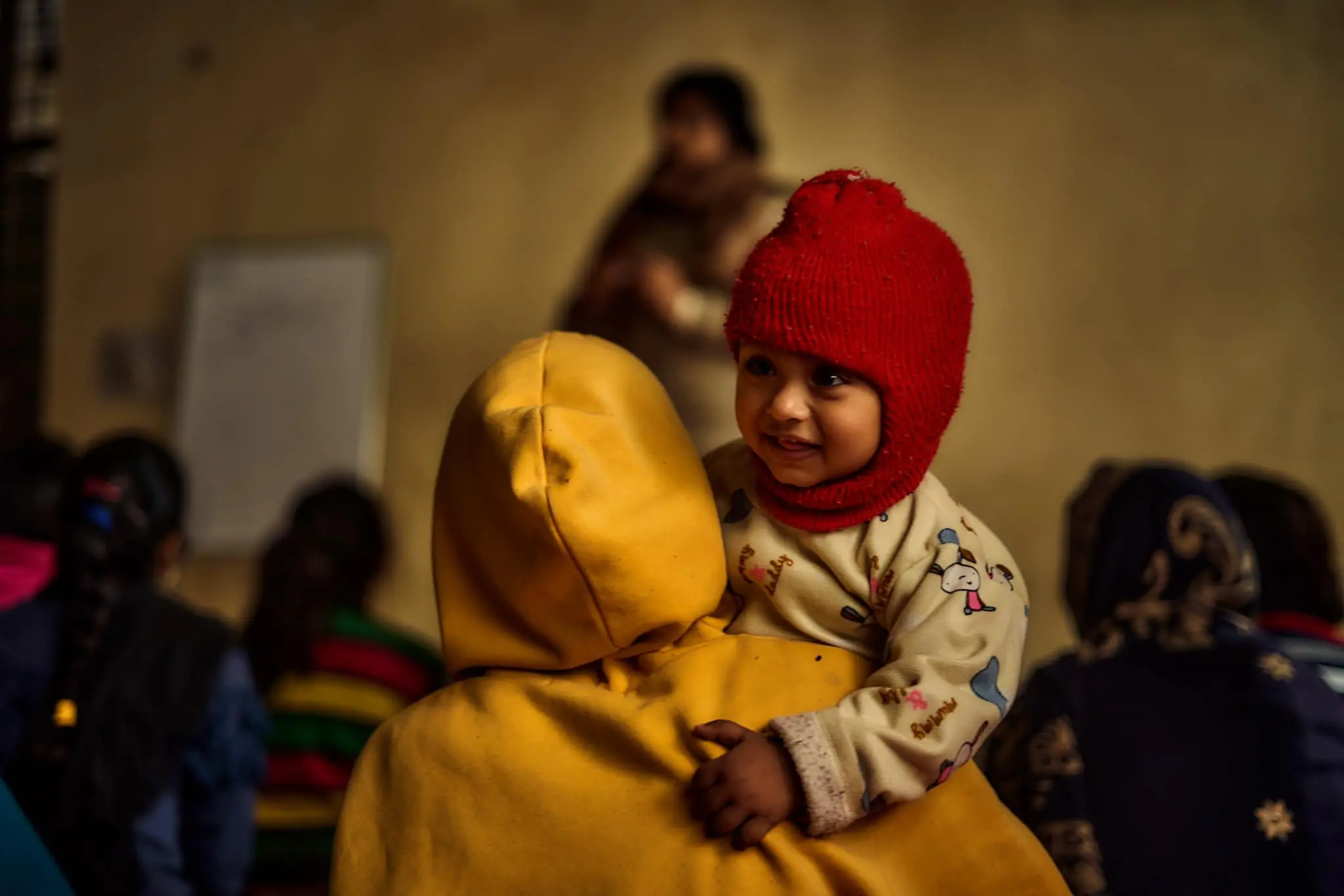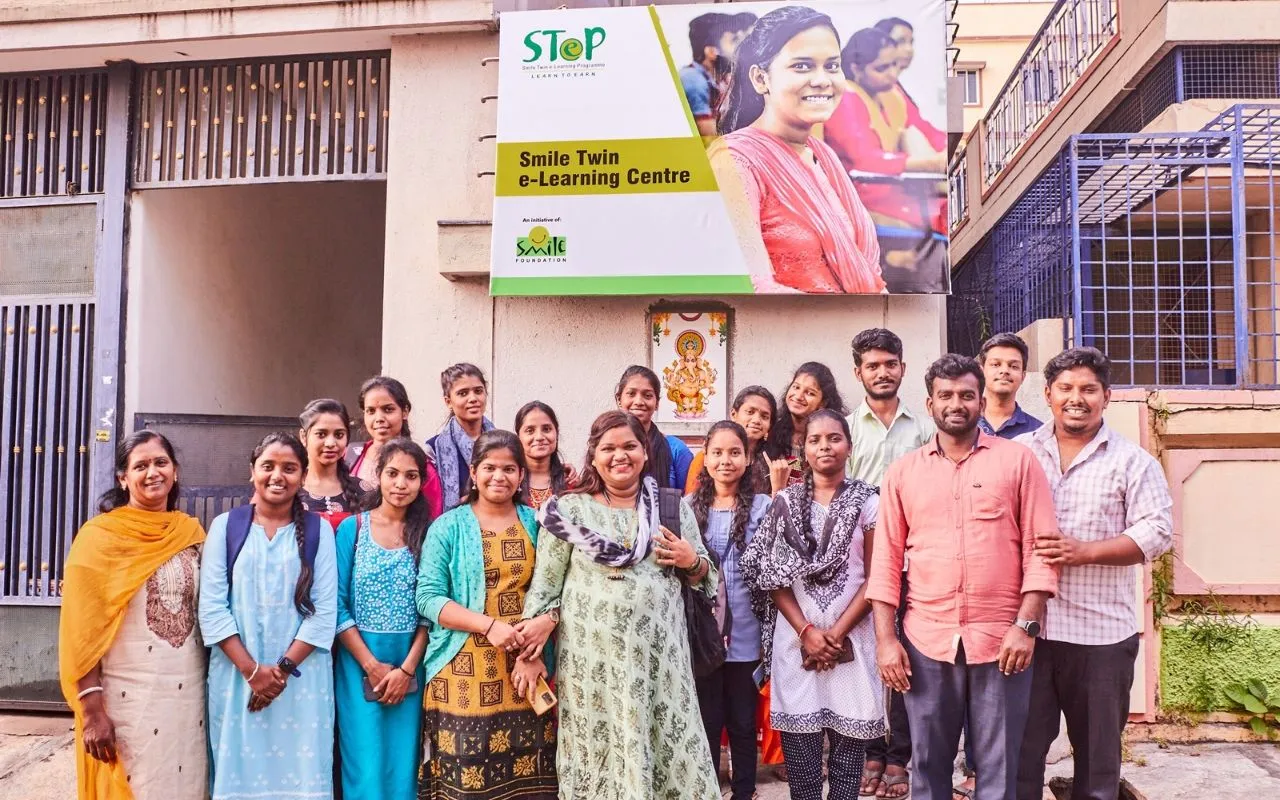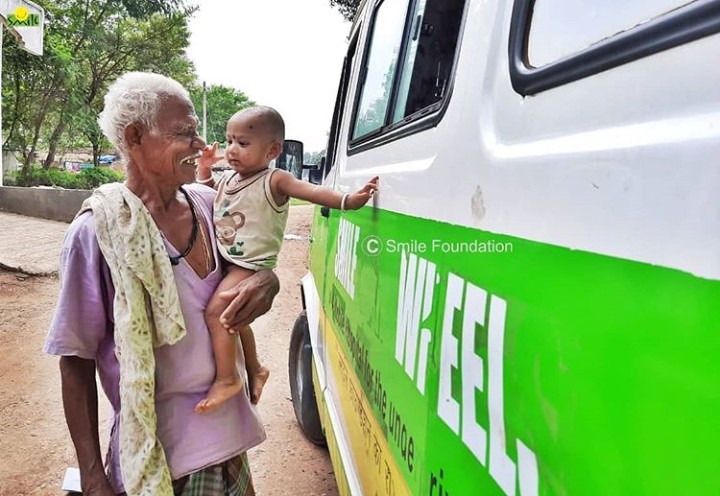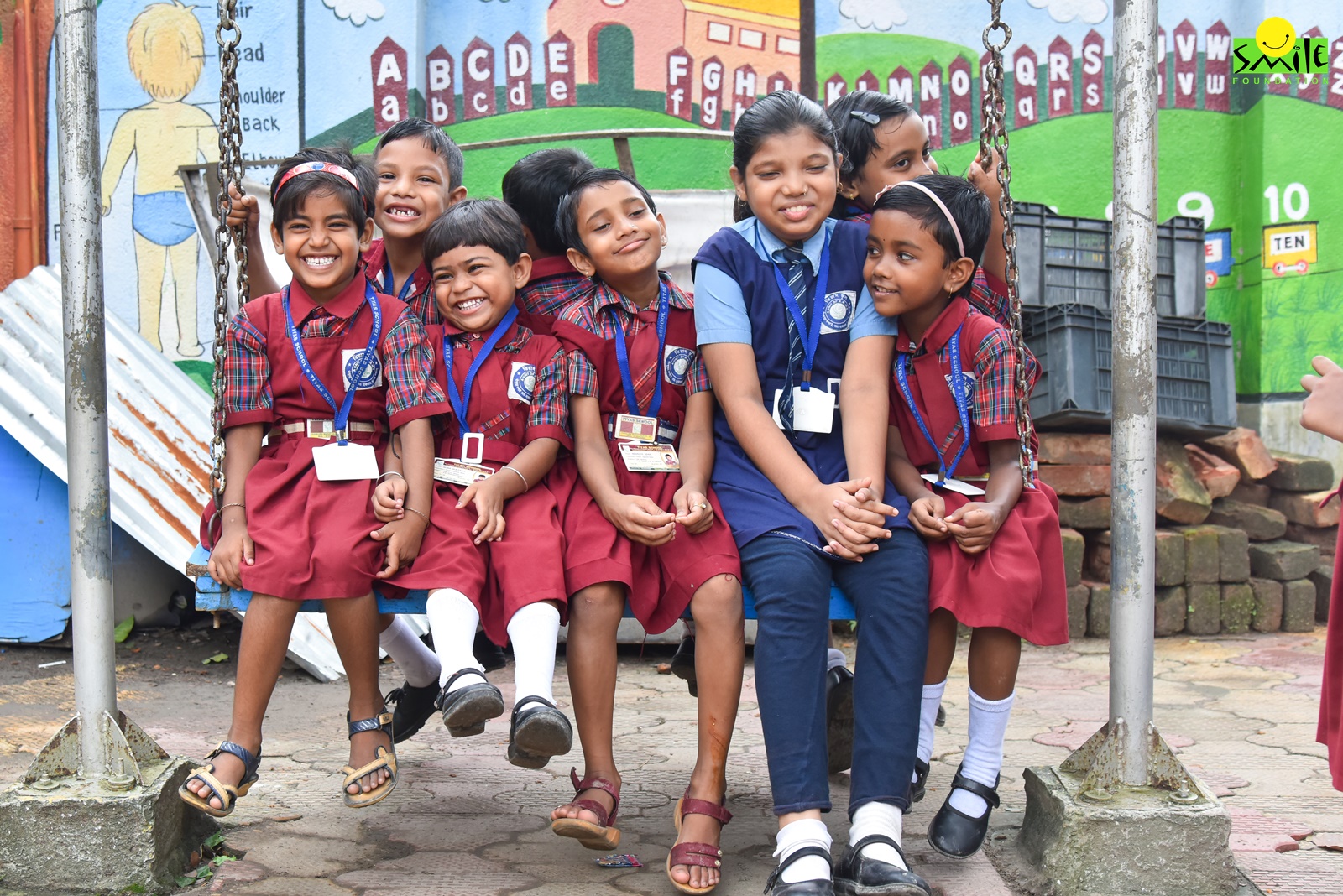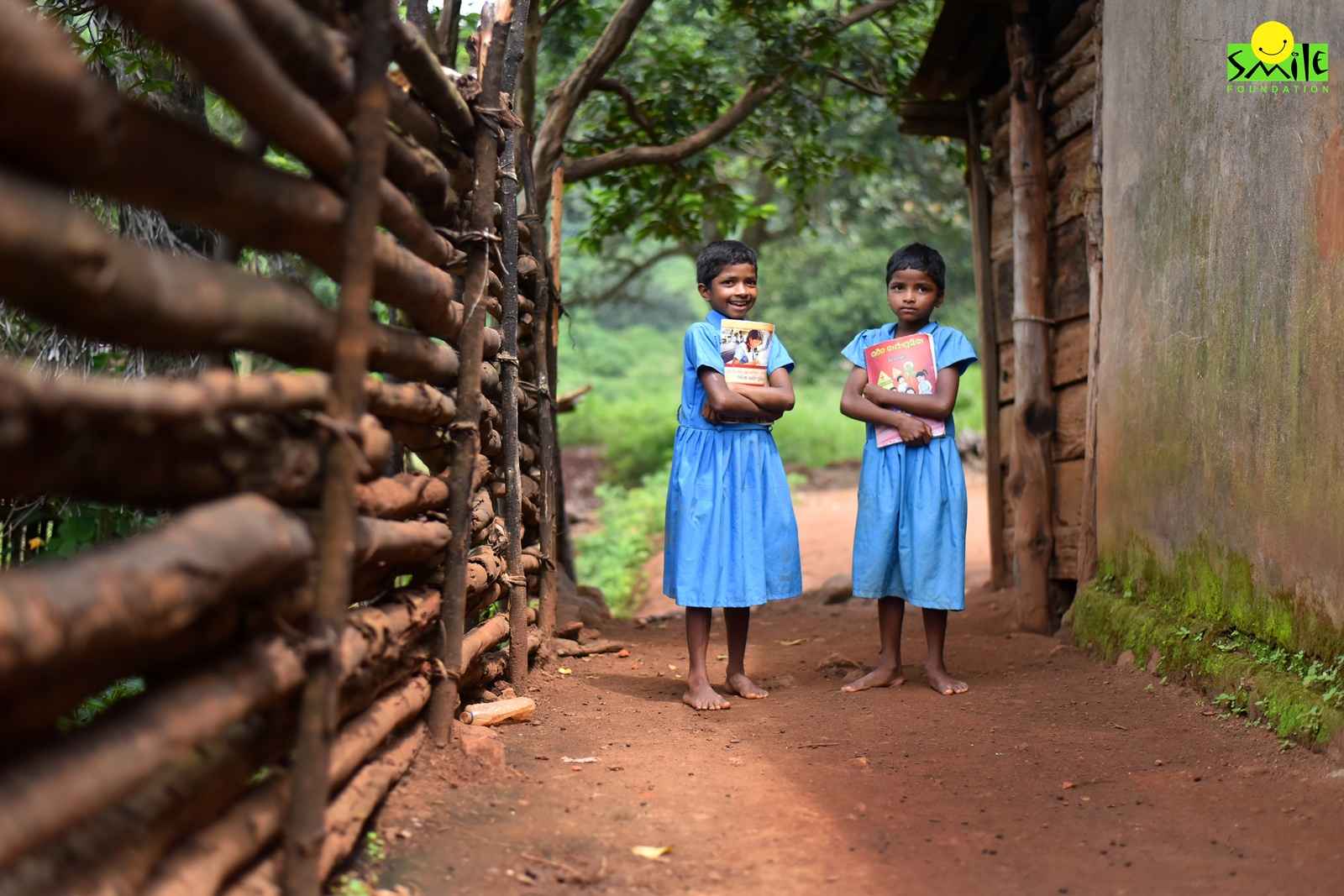When a person or an organisation starts their journey to ensure girl child education, they understand that the road ahead would not be easy – neither for them, nor for the girl they are trying to bring into the education fold. They knew that the process of educating girls would entail battling patriarchy absence of no money in their families and lack of holistic policies.
In 2004, when Beti Bachao Beti Padhao was unheard of, many development organizations including Smile Foundation started to address the issue of the education of girls, especially in the rural parts of India. Prioritising girl child education became a matter of national concern.
Resistance from families, lack of motivation and the reluctance of girls were major roadblocks encountered when trying to increase awareness about the importance of girl child education in the rural parts of India. Rajasthan, Madhya Pradesh, Uttar Pradesh and Bihar are some of the states where major interventions were needed as child marriages were on a rise and most families did not see it as wrongdoing.
The mission became clear – to put millions of girls back in schools so that they have decision-making power in their families through financial independence. The process also results in girls as community mobilisers carrying the torch of change with them and lighting up the lives of many other girls.
Education plays an important role in curbing child marriage, addressing the lack of care towards girls and ensuring the availability of basic facilities like toilets in schools.
The Power of Community Mobilisation
At the heart of the effort to promote girl child education lies the concept of community mobilisation. Communities are not just passive recipients of aid – they are active agents of change. By engaging communities in the education process, we harness their collective wisdom, resources and support to create sustainable solutions.
Community mobilisation involves raising awareness about the importance of girl child education, dispelling myths and misconceptions, and fostering a supportive environment for girls to learn and thrive. It means working with parents, religious leaders, local authorities and other stakeholders to address cultural barriers and ensure that girls are encouraged to pursue their education.
Patriarchy has hollowed the girls from within and shaken their self-esteem. When the door-to-door campaign to identify girls begins, volunteers try to convince the entire family. Once girls start attending school, bridge courses are provided to support first-generation learners.
Across the globe, there are numerous examples of successful initiatives that have leveraged community mobilisation to promote girl child education. In India, community-based organizations have been instrumental in addressing the root causes of gender disparity in education. By working closely with communities, they have been able to increase enrollment, reduce dropout rates and improve learning outcomes for girls in some of the most marginalized areas.
Similarly, in countries like Rwanda and Bangladesh, community-based programmes have played a vital role in increasing access to education for girls. By engaging with local leaders and influencers, these initiatives have been able to challenge traditional gender roles and norms, paving the way for greater gender equality in education.
Educated Girls as Community Mobilisers
Educated girls mobilise communities towards positive change. Armed with knowledge and confidence, they become agents of empowerment, advocating for education and challenging entrenched social norms. One way in which educated girls mobilise their communities is through peer-to-peer support networks.
By sharing their own experiences and successes, they inspire other girls to pursue education and break free from traditional gender roles. These networks also provide a platform for girls to discuss issues affecting their lives and collectively find solutions.
Moreover, educated girls often take on leadership roles within their communities, serving as role models and mentors for younger girls. Whether through school clubs, community organisations or grassroots initiatives, they leverage their education to address local challenges and advocate for change. By amplifying their voices and leading by example, educated girls inspire others to follow suit, creating a change of mindset in other girls and the communities they come from.
Furthermore, educated girls are more likely to engage in community development projects and social activism. They understand the importance of giving back to their communities and are committed to making a difference. Whether it is volunteering at local schools, participating in health campaigns, or advocating for women’s rights, educated girls are at the forefront of efforts to build stronger, more resilient communities. Through their actions and leadership, they demonstrate the real power of education and inspire others to join them in shaping a better future for all.
Looking Ahead
As we look to the future, it is clear that the education of girl children and community mobilisjation must remain central to our efforts to build a more just, equitable and sustainable world. Girl child education and community mobilisation are not just noble ideals – they are essential pillars of human development. By working together, we can create a world where every girl has the opportunity to learn, grow, and thrive—a world where no girl is left behind.
While corporates have supported our girl child education work, the backing of state governments has been instrumental in penetrating remote areas. By addressing societal barriers and leveraging community support, we not only empower the journey of girls as community mobilisers but also catalyse broader social change. As we celebrate our achievements and contribute a little more towards girl child education, let us be inspired to continue the fight for equal educational opportunities for all children, irrespective of gender.



